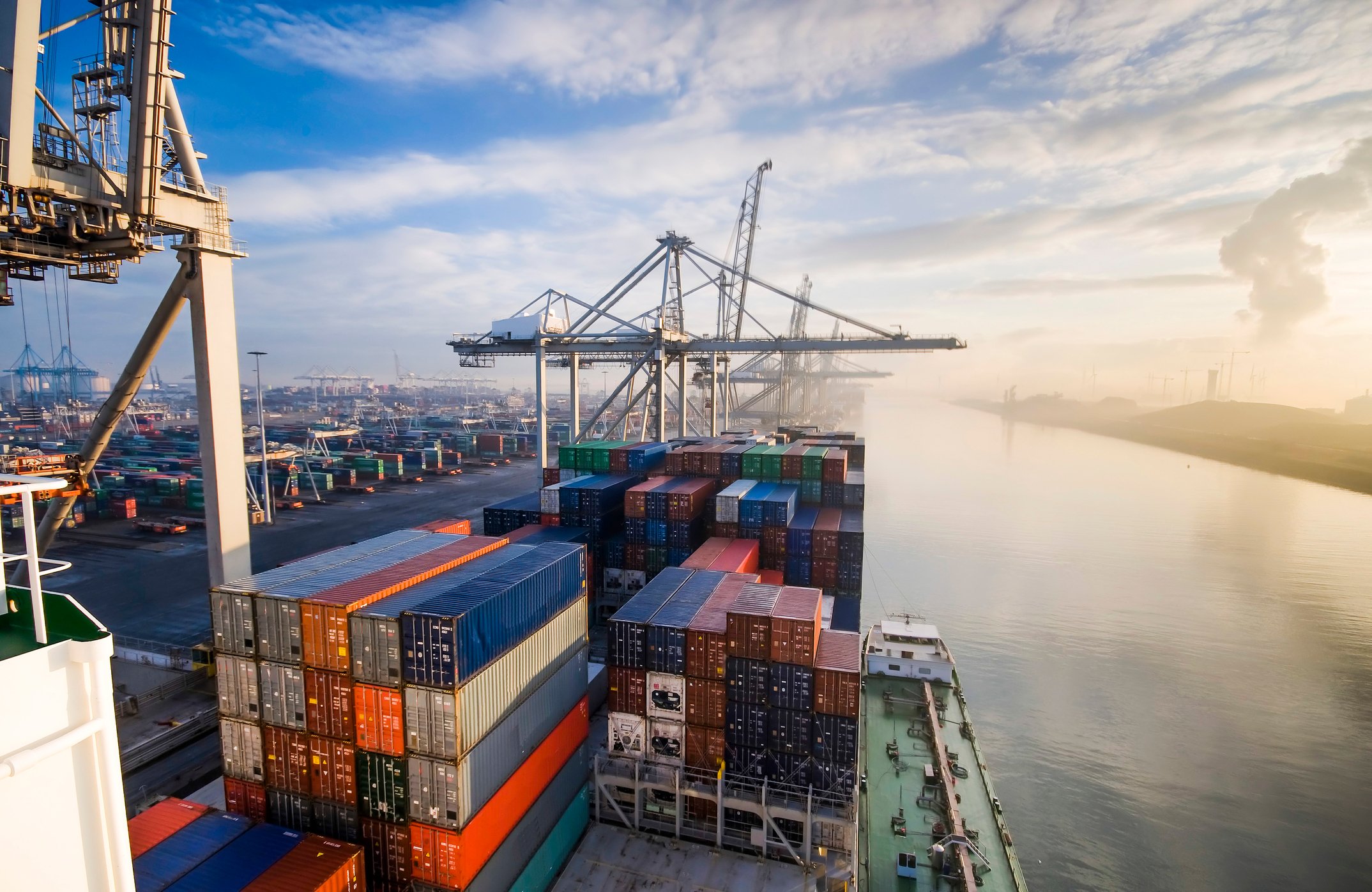
Image source: Getty Images.
The bankruptcy of South Korean shipping giant Hanjin rocked the industry during the third quarter. That event spilled over into Seaspan Corporation's (SSW +0.00%) third-quarter results, with the container leasing company forced to cancel four of its leases and take back the ships. As part of the fallout, it recorded a significant impairment charge, causing it to report a steep loss. But despite the current troubles at sea, the company's underlying business performed well thanks to a growing fleet and falling costs. Furthermore, it continued to access capital to shore up it is balance sheet and prepare for opportunities that might lie ahead.
Seaspan Corporation results: The raw numbers
|
Metric |
Q3 2016 Actuals |
Q3 2015 Actuals |
YOY Growth |
|---|---|---|---|
|
Revenue |
$224.9 million |
$212.9 million |
5.6% |
|
Normalized net earnings |
$43.6 million |
$43.4 million |
0.5% |
|
Normalized EPS |
$0.29 |
$0.30 |
(3.3%) |
Data source: Seaspan Corporation. YOY = year over year.
What happened with Seaspan Corporation this quarter?
Seaspan maneuvered through a wave of trouble during the quarter:
- Revenue edged up thanks to new additions to its fleet, including the delivery of one newbuild vessel during the quarter. That said, several factors weighed down revenue growth including lower average rates on short-term charters, an increase in unscheduled off-hire days, and the impact of ceasing to recognize revenue on three vessels due to the bankruptcy filing of Hanjin.
- As a result of that filing, Seaspan canceled four of its leases with the shipper, which returned the vessels. Seaspan, however, chose to sell one of them to a ship recycler after the quarter ended.
- Another result of the Hanjin bankruptcy was that Seaspan's vessel utilization sank to 95.6%. That was down from 98.1% last quarter and pushed the year-to-date average to 97%.
- On a more positive note, ship operating expenses per ownership day fell 8.9% due to the company's continued focus on cost containment initiatives. However, general and administrative expenses rose 16.3% as a result of higher professional fees while the company also had $18.9 million in expenses relating to the Hanjin bankruptcy.
- Those higher costs weighed on normalized earnings, keeping them roughly flat. Meanwhile, GAAP earnings plunged into the red with the company reporting a loss of $184 million, or $1.86 per share, as a result of $202.9 million in non-cash impairment charges it took after writing down the value of some of its smaller vessels.
What management had to say
About the quarter, CEO Gerry Wang said:
We continued to enhance our liquidity position and fund our newbuild program by accessing over $400 million in capital during the third quarter, bringing total capital raised year-to-date to over $1.5 billion. Our continued ability to access diverse sources of capital on attractive terms, from multiple markets and geographies, is one of the key factors that differentiates us from competitors. During the third quarter, we continued to modernize our fleet with the delivery of our eleventh 10000 TEU SAVER containership, which commenced a five-year fixed-rate time charter with Maersk Line. This represents the fifth newbuilding vessel that has been delivered to Seaspan this year. We are also very pleased with the success of our cost control measures that resulted in a decline in our ship operating expenses while our fleet ownership days continued to increase. Seaspan has grown through periods of adversity to become the world's largest independent containership owner and lessor.
Wang notes three things that Seaspan has accomplished amid the sector's current troubles. First, it continues to raise capital from a variety of sources, including bringing in $400 million during the quarter. This unparalleled access to capital is a competitive advantage over rivals. Second, Seaspan continues to expand its fleet by adding large modern vessels that are under long-term contract to a variety of customers, which bolsters future revenue security. Finally, the company remains focused on keeping a lid on costs to improve profitability. These three factors have allowed it to continue sailing along even as industry conditions have grown worse.
Looking forward
While Seaspan did not provide any specific guidance for the future, Wang did give his perspective on the company's outlook:
With future contracted revenue of over $5 billion and over $500 million in liquidity, we believe that Seaspan is well positioned to capitalize on opportunities that may arise due to industry challenges. Consistent with our past success, we intend to remain disciplined in pursuing opportunities with a focus on creating long-term value.
Industry conditions are challenging right now. However, that could lead to opportunities down the road. That is why Seaspan has taken full advantage of its open access to capital so that it can capture value-creating opportunities should they arise.






